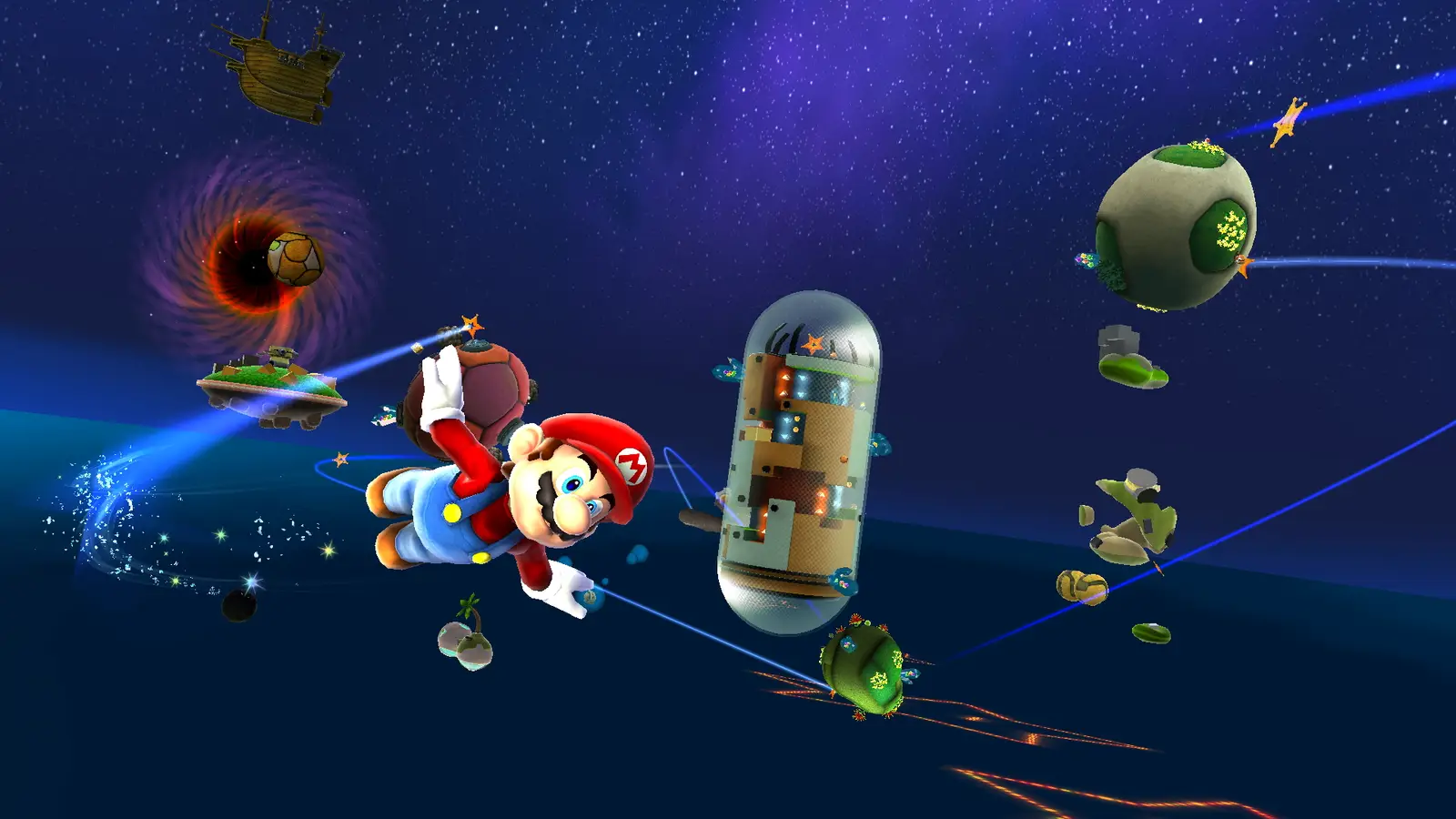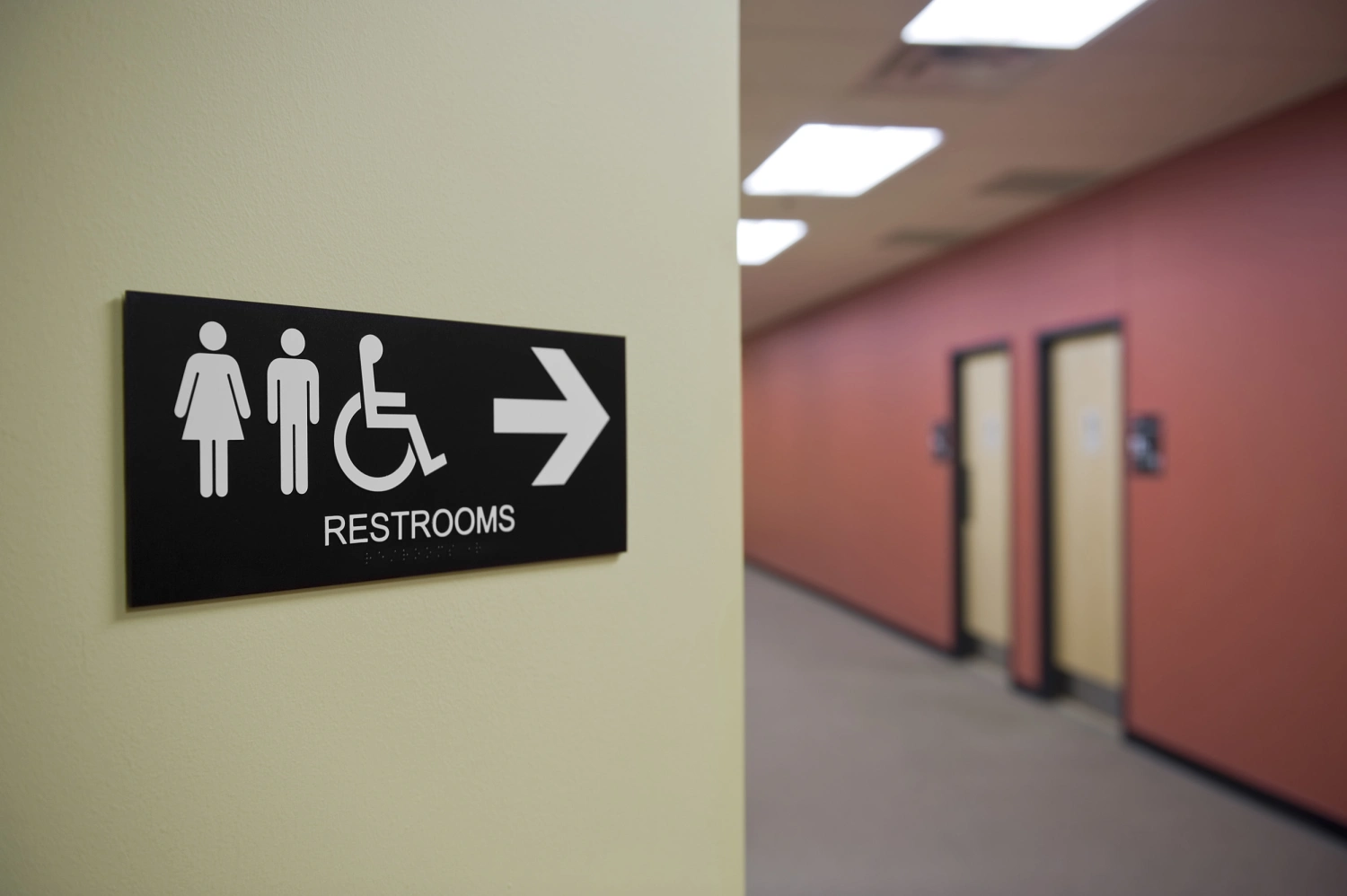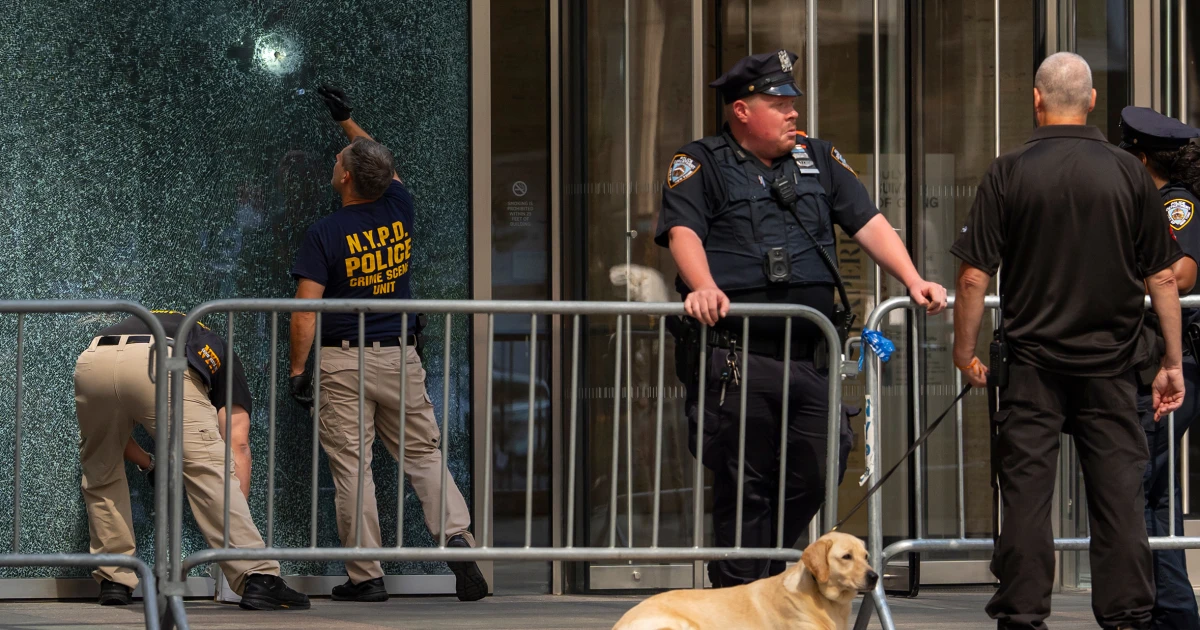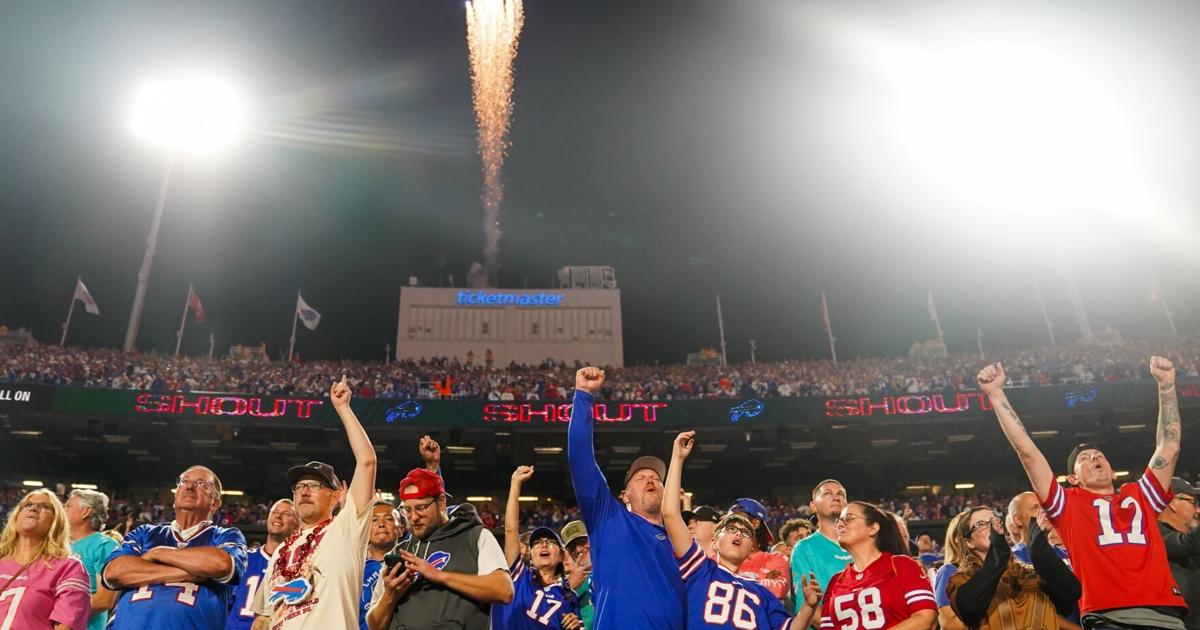
I never had a Wii growing up. Sure, I played Wii Sports and other flagship titles when visiting family and friends in the mid-to-late 2000s, but I never had a Wii of my own, meaning I missed out on some great entries in Nintendo’s iconic franchises.
One of those games was Super Mario Galaxy, which, along with its sequel, was recently remastered and ported to the Nintendo Switch. (The first one was also included in 2020’s limited-edition collection Super Mario 3D All-Stars). I welcomed the opportunity to experience what’s regarded as one of the best Mario games ever made. I was quickly sucked in, and can definitely say it lives up to nearly two decades of hype. That said, it’s also made me realize how glad I am motion and gyroscope controls have largely remained in the past.
Like any other Mario adventure, Super Mario Galaxy begins with Bowser nabbing Princess Peach and her castle. His fleet of pirate-like space ships take her into outer space, flinging Mario out amongst the stars in the process. Mario meets star-like cuties called Luma as well as Rosalina atop her Comet Observatory. She tasks Mario with tracking down stars to power the Observatory so they can chase after Bowser, and then we’re set free to go exploring.
Super Mario Galaxy’s platforming is a joy, and all it took was playing through a couple levels to realize why it’s held in such high regard. It’ll feel familiar to anyone who’s played a 3D Mario, and the controls are approachable and intuitive in typical Nintendo fashion. Mario jumps, slams to the ground, and spins. You’ve played games like this before, yet it never grows old.
As a space nerd, the setting is right up my alley, and it allows for Super Mario Galaxy to have fun with gravity. Spherical platforms allow Mario to literally run circles around them like he’s Goku chasing after Bubbles on King Kai’s planet. When they’re close together, he can jump between them and get snatched by the gravity of a nearby platform. Other platforms are flat discs, and often feature goodies on the underside, where you may not think to look.
What’s fun about playing Super Mario Galaxy 18 years later is having already met some of its characters. I had no idea Rosalina made her debut in this game, or that she acted as the adoptive mother of the Lumas. Before playing Super Mario Galaxy, to me she was just part of my regular Mario Kart World driver rotation. Same with the Penguins, alongside whom I enjoyed swimming during an early beach level.
The only real drag in playing Super Mario Galaxy in 2025 are the motion controls, which are used for collecting, aiming, and shooting star bits, colorful objects scattered around levels. Playing on handheld mode meant tilting and rotating the Switch around to aim, which feels a bit clunky. Motion controls are prevalent in some platforming sections, where you have to aim the star-shaped cursor at platforms to drag Mario to them.
Levels that wholly require the motion controls are best played with the Joy-Cons detached for better precision, like the manta ray surfing level in the beginning. I’ve never been a fan of motion controls, and they haven’t aged especially well in Super Mario Galaxy. Thankfully, if you get enough stars from other levels, these motion control ones can be wholly skipped. (I tried the level where Mario has to navigate a giant ball around a course dotted with holes, then noped out after one attempt.)



